![Patient Data Breach, Hackers Exploit AI, Code Execution Bug – Cybersecurity News [August 04, 2025]](https://www.duocircle.com/wp-content/uploads/2025/08/dmarc-generator-8901.jpg)
![Patient Data Breach, Hackers Exploit AI, Code Execution Bug – Cybersecurity News [August 04, 2025]](https://www.duocircle.com/wp-content/uploads/2025/08/dmarc-generator-8901.jpg)
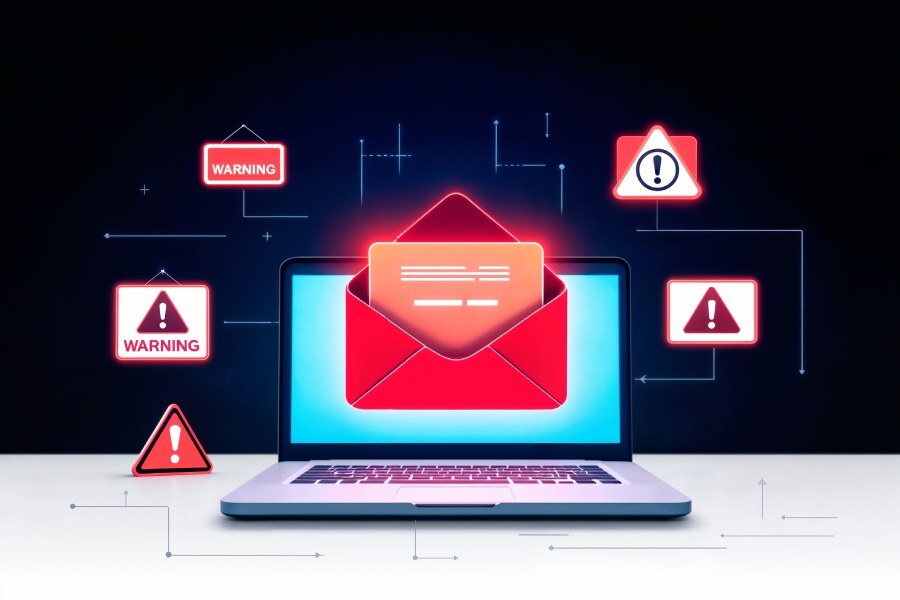
7 reasons why DKIM fails and how to fix it
7 reasons why DKIM fails and how to fix it
Sometimes your email just doesn’t reach its recipient. You’ve done everything right— crafted the perfect message, sent it to the correct address, and even authenticated your domain with email authentication protocols. Yet, it gets flagged or doesn’t even land in the receiver’s mailbox.
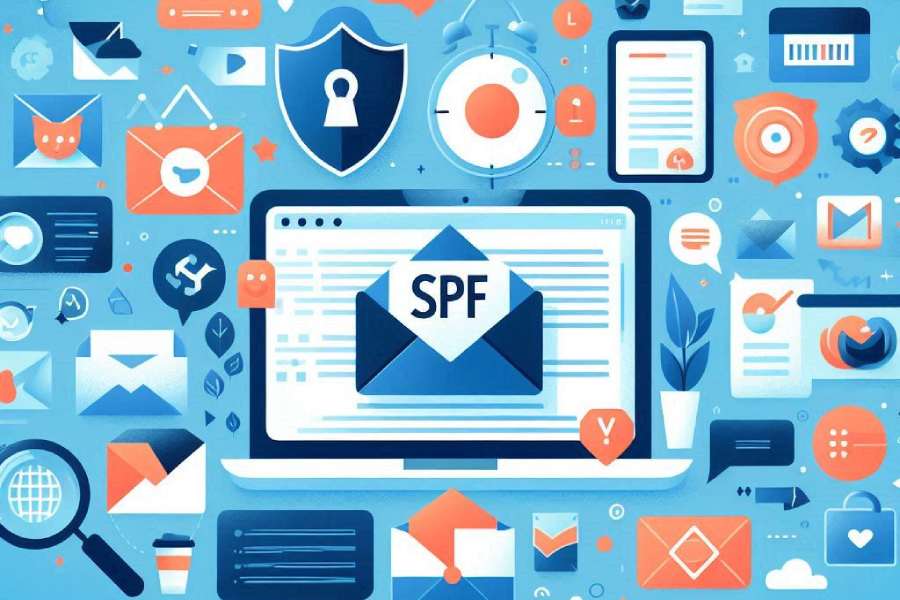
SPF macros: Underused power or overlooked threat?
SPF macros: Underused power or overlooked threat?
SPF macros can be best described as placeholders that are used within SPF records. They intend to make the SPF record more flexible and intelligent. This way, you don’t have to hardcode every detail; you can use macros like %{i}, %{d}, and %{h} to allow SPF records to adapt during a live email authentication check.
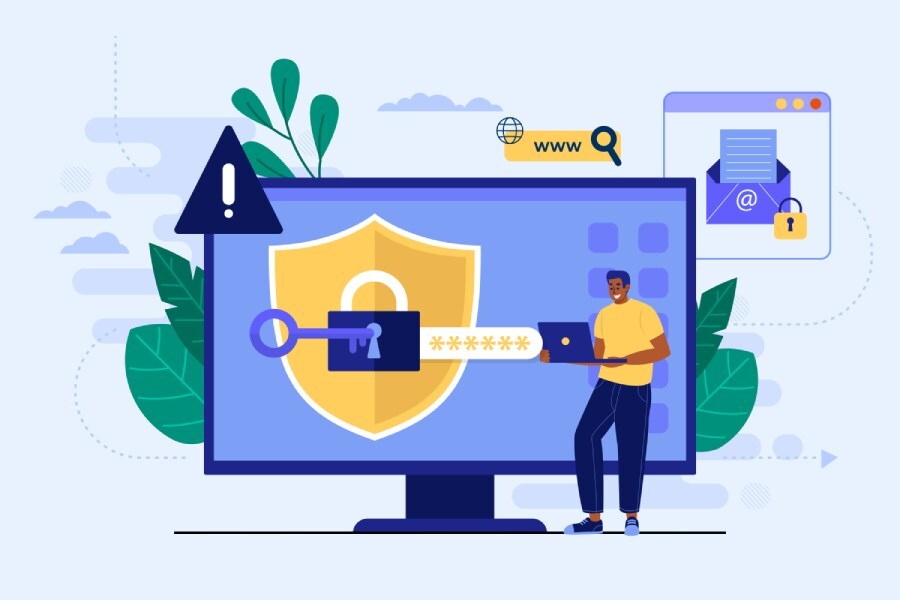
Using the DMARC reject policy for non email sending domains: A guide
Using the DMARC reject policy for non email sending domains: A guide
You might think that only your active domain (the one that you use to send emails) is vulnerable to spoofing and phishing attacks. But the truth is, there is more than one way that attackers use to intercept your systems, and often they are the ones you least expect. That’s the reality of email-based attacks; they not only exploit your primary, active domain, but also make backdoor entries through non-email-sending domains and parked domains. The reason cybercriminals go after the parked domains, instead of active ones, is that the former are often overlooked. It is easier to think that the attackers might not even pay heed to the inactive ones, but they know that these dormant ones are low-hanging fruit.
![Scattered Spider Imitators, New RaaS Emerges, Fake Apps Threaten – Cybersecurity News [July 28, 2025]](https://www.duocircle.com/wp-content/uploads/2025/08/sender-policy-framework-7840.jpg)
Scattered Spider Imitators, New RaaS Emerges, Fake Apps Threaten – Cybersecurity News [July 28, 2025]
Scattered Spider Imitators, New RaaS Emerges, Fake Apps Threaten – Cybersecurity News [July 28, 2025]
From arrests slowing down major hacker groups to new threats quickly taking their place, this week has been full of movement in the cybersecurity space. Threat actors are shifting tactics, launching new ransomware groups, targeting telecoms, and using fake mobile apps to steal and extort. Even major airlines and telecom giants like Aeroflot and Orange haven’t been spared. Here’s a roundup of the key cyber incidents and developments of the week.
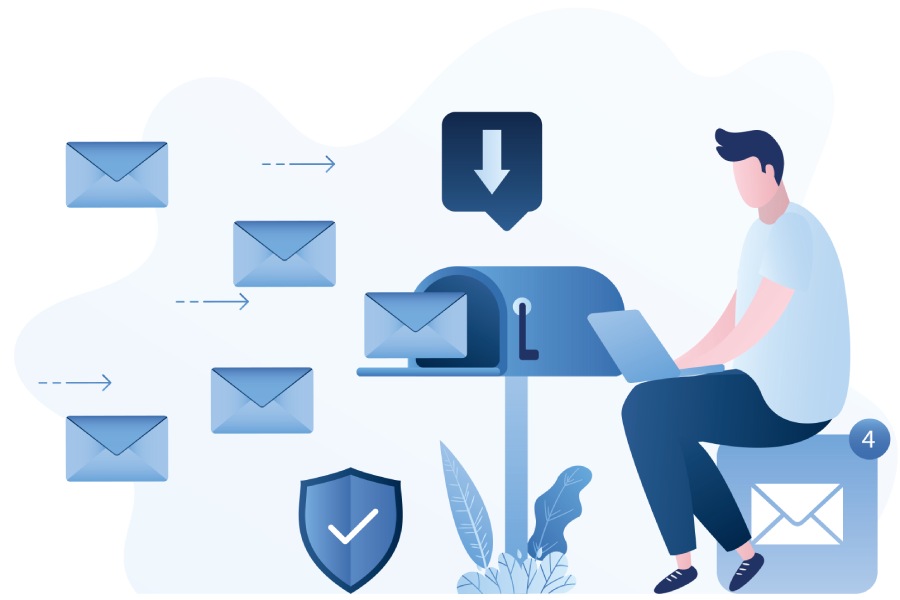
Rejecting Emails with Sender Policy Framework (SPF) for Enhanced Email Security
In an age where our inboxes are overflowing with messages, ensuring that the emails you send actually reach their intended recipients can feel like a daunting task. Have you ever wondered why some of your important emails end up lost in the void of the spam folder or, worse, get rejected outright? This is often due to a little-known defense mechanism called the Sender Policy Framework (SPF).
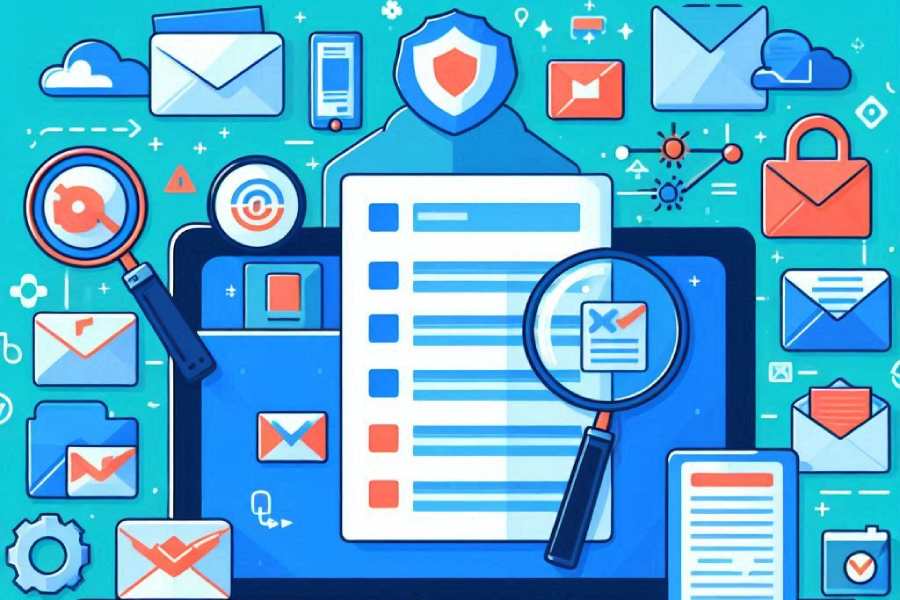
What is a DMARC analyzer tool, and how to use it in the best way?
What is a DMARC analyzer tool, and how to use it in the best way?
If you are planning to secure your business email communications by deploying email authentication policies such as SPF, DKIM, and DMARC, know that this is just the tip of the iceberg. In order to ensure fool-proof security for your email landscape, you must use a DMARC analyzer tool. With its help, you get to evaluate DMARC reports closely, thereby bolstering the email system.

Sender Policy Framework for Office 365: Best Practices for Email Security
In a world where email communication is essential for businesses, it’s alarming how many organizations overlook the basics of email security. Have you ever received an email from a seemingly trustworthy source, only to later discover it was a clever spoof? This common issue highlights the importance of establishing a solid foundation for your email systems.
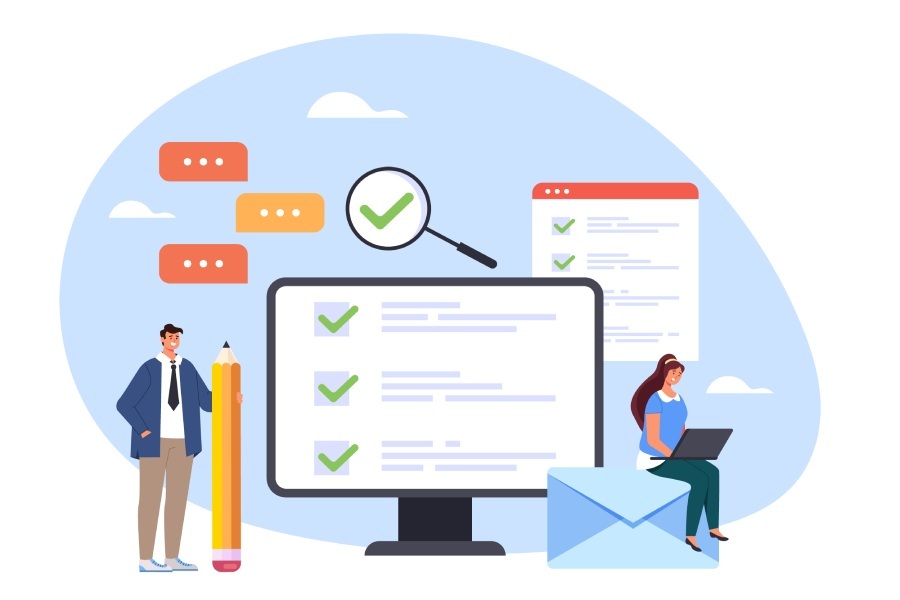
The 32KB limit in DMARC reports: What it means and why it matters
The 32KB limit in DMARC reports: What it means and why it matters

Zero Day Attack Prevention: Effective Security Measures to Protect Your Systems
In today’s tech-driven world, the threat of zero-day attacks looms larger than ever. These types of cyber threats catch many organizations off guard, often exploiting vulnerabilities before anyone knows they exist. Imagine a thief sneaking into your home through a door you didn’t even know was unlocked—that’s the reality for many businesses facing these hidden dangers.